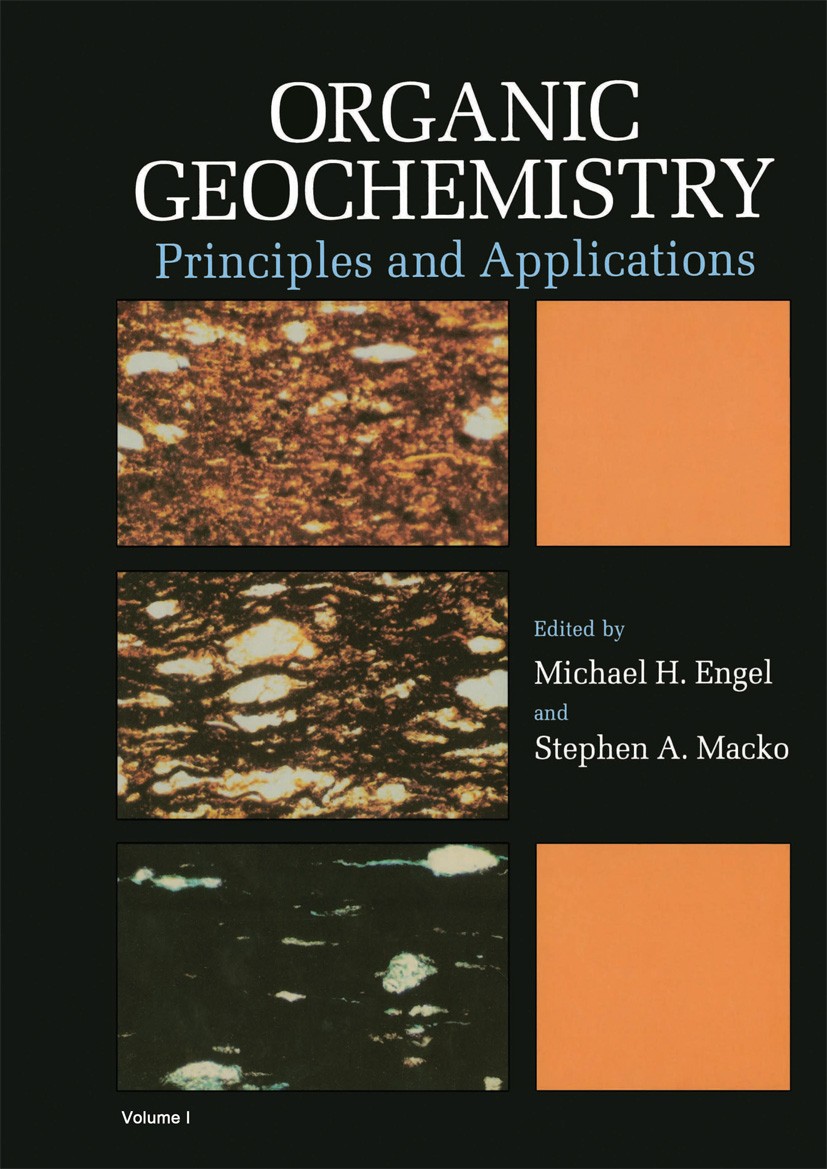Sedimentary geochemical records of the palaeovegetation and palaeoclimate evolution in the Pinghu Formation, Western Slope Belt, Xihu Sag, East China Sea Basin
IF 2.5
3区 地球科学
Q2 GEOCHEMISTRY & GEOPHYSICS
引用次数: 0
Abstract
The sedimentary development of source rocks in marine-continental transitional facies is controlled mainly by the synergistic evolution of palaeovegetation and palaeoclimate. A set of marine-continental transitional coal seams in Xihu Sag of the East China Sea Basin were discovered at the end of the last century, whose lithology is mainly fine-grained sedimentary, with significant non-homogeneity and complex developmental control factors. Although systematic geochemical evaluations and hydrocarbon potential studies have been carried out on the source rocks in the Xihu Sag, few studies have focused on the fine-grained characterization of the palaeovegetation and palaeoclimate evolution during the depositional period. In this study, the palaeovegetation and palaeoclimate of the Pinghu Formation in Xihu Sag have been reconstructed based on biomarkers, pollen abundance, and trace elements. The organic matter of the Pinghu Formation is mainly input from terrigenous higher plants. The biomarkers reveal that gymnosperms gradually increase from the early to late stages of the Pinghu Formation, whereas pteridophytes exhibit the opposite trend. The contribution of gymnosperms to organic matter in the Wuyunting area is higher than in the Pinghu area. Furthermore, the number of temperate deciduous broad-leaved angiosperms (Alnipollenites, Ulmipollenites, Momipites, and Juglanspollenites) and mountain coniferous gymnosperms (Pinuspollenites) increased from the early to late stages of the Pinghu Formation, while the abundance of tropical/subtropical plants (Quercoidites, Taxodiaceaepollenites, and Salixipollenites) decreased. The vegetation succession is characterized by gradually transforming from tall gymnosperms to low-growing pteridophytes from the northern Wuyunting area to the southern Pinghu area. In conclusion, palynological data (including pteridophytes, angiosperms, and gymnosperms) and trace element ratios indicate that from the early to late stages of the Pinghu Formation, the palaeoclimate gradually became colder, with humidity and water depth decreasing.
东海盆地西湖凹陷西斜坡带平湖组古植被与古气候演化的沉积地球化学记录
海陆过渡相烃源岩的沉积发育主要受古植被和古气候的协同演化控制。上世纪末在东海盆地西湖凹陷发现了一套海陆过渡煤层,其岩性以细粒沉积为主,非均质性显著,发育控制因素复杂。虽然对西湖凹陷烃源岩进行了系统的地球化学评价和油气潜力研究,但对沉积期古植被和古气候演化的精细表征研究较少。根据生物标志物、花粉丰度、微量元素等指标,重建了西湖凹陷平湖组古植被和古气候。平湖组有机质主要由陆源高等植物输入。生物标志物显示,裸子植物在平湖组早期至晚期逐渐增多,而蕨类植物则相反。裸子植物对有机质的贡献在武云亭地区高于平湖地区。平湖组早期至晚期,温带落叶阔叶被子植物(全粉、乌粉、莫粉和菊粉)和山地针叶裸子植物(松粉)的数量呈增加趋势,热带/亚热带植物(栎属、红杉属和柳粉)的丰度呈下降趋势。从武云亭北部到平湖南部,植被演替呈现由高大裸子植物向低矮蕨类植物逐渐转变的特征。综上所述,孢粉(包括蕨类植物、被子植物和裸子植物)和微量元素比值表明,平湖组早期至晚期,古气候逐渐变冷,湿度和水深逐渐减少。
本文章由计算机程序翻译,如有差异,请以英文原文为准。
求助全文
约1分钟内获得全文
求助全文
来源期刊

Organic Geochemistry
地学-地球化学与地球物理
CiteScore
5.50
自引率
6.70%
发文量
100
审稿时长
61 days
期刊介绍:
Organic Geochemistry serves as the only dedicated medium for the publication of peer-reviewed research on all phases of geochemistry in which organic compounds play a major role. The Editors welcome contributions covering a wide spectrum of subjects in the geosciences broadly based on organic chemistry (including molecular and isotopic geochemistry), and involving geology, biogeochemistry, environmental geochemistry, chemical oceanography and hydrology.
The scope of the journal includes research involving petroleum (including natural gas), coal, organic matter in the aqueous environment and recent sediments, organic-rich rocks and soils and the role of organics in the geochemical cycling of the elements.
Sedimentological, paleontological and organic petrographic studies will also be considered for publication, provided that they are geochemically oriented. Papers cover the full range of research activities in organic geochemistry, and include comprehensive review articles, technical communications, discussion/reply correspondence and short technical notes. Peer-reviews organised through three Chief Editors and a staff of Associate Editors, are conducted by well known, respected scientists from academia, government and industry. The journal also publishes reviews of books, announcements of important conferences and meetings and other matters of direct interest to the organic geochemical community.
 求助内容:
求助内容: 应助结果提醒方式:
应助结果提醒方式:


